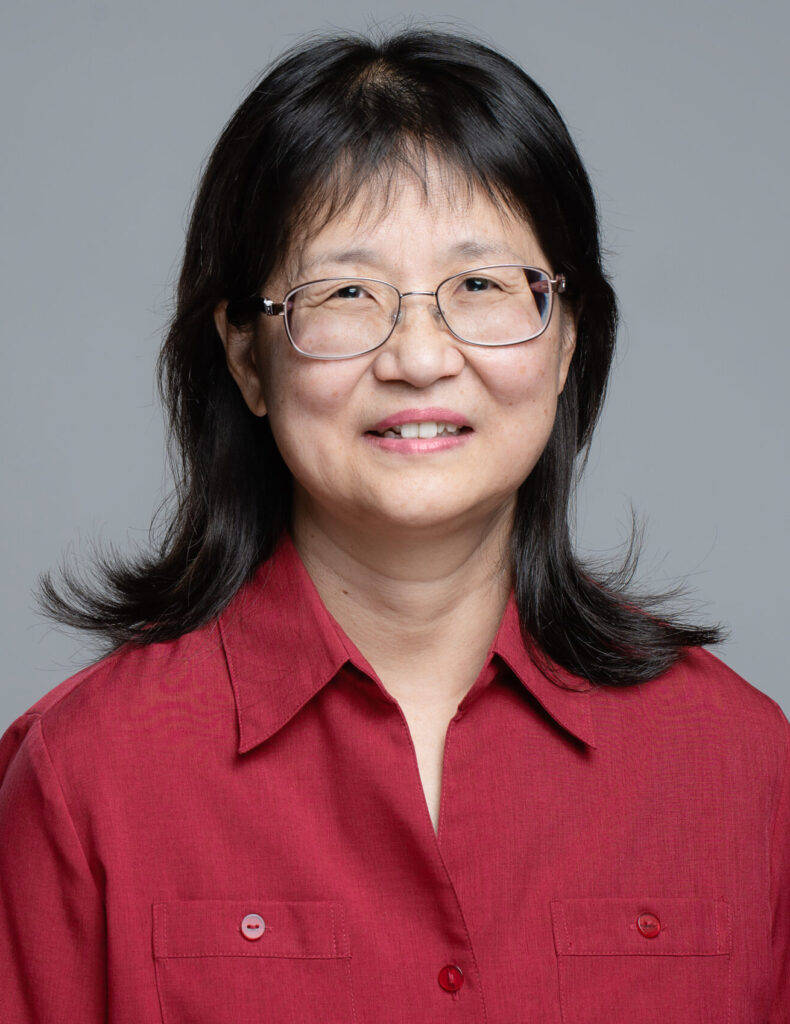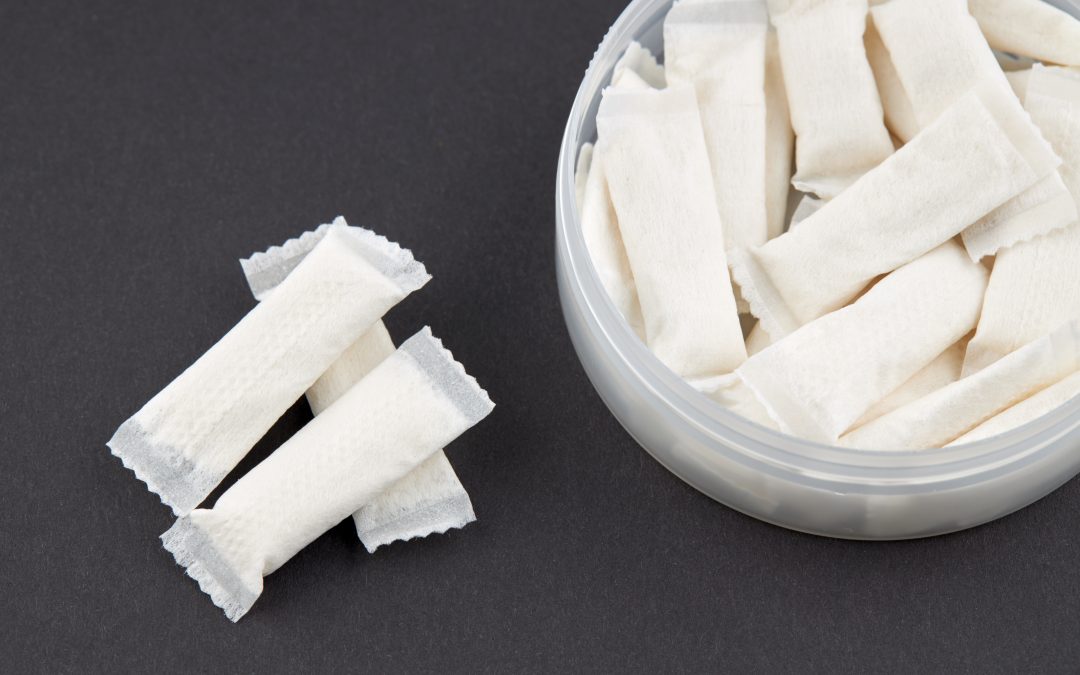The 78th Tobacco Science Research Conference is scheduled for Sept. 14-17 in Knoxville, Tennessee, USA this year.
It offers a great opportunity for industry leaders to discuss the Reduced Harm movement, recent changes at the U.S. FDA’s Center for Tobacco Products (CTP), which Gabriel Muniz highlighted in this article, and other developments.
Labstat will be there to share new research, talk about your PMTA needs, and network. Here’s a preview of our TSRC 2025 contributions:
Labstat TSRC 2025 Presentations: Modern Oral & Residual Solvents
Our scientists are offering two presentations during TSRC 2025.
Comparison of Nicotine Release Profiles from Oral Nicotine Pouches at Two Dissolution Flow Rates: 4 mL/min and 10 mL/min
Session C – Tuesday, 9:25 AM

Summary:
- Investigated the effect of dissolution flow rate (4 mL/min vs 10 mL/min) on nicotine release profiles in oral nicotine-containing pouches with three nicotine strengths (3, 16, and 43 mg/pouch).
- Used USP Type IV dissolution with artificial saliva (no enzymes) at 37 ± 0.5 °C, collecting fractions at 5, 15, 30, 45, and 60 minutes, and quantifying nicotine by HPLC-UV with C18 column at 254 nm.
- Compared total nicotine release and release kinetics under both flow rates, with mean concentrations (n=3) graphed for each strength and sampling point.
- Explored whether higher flow (10 mL/min) yields faster or more complete dissolution compared to the commonly used 4 mL/min — potentially refining industry-standard test conditions.
- Findings provide insight on the influence of pouch nicotine strength and dissolution parameters on nicotine release, supporting more accurate product performance evaluation and method optimization for oral nicotine products.
Determination of selected residual solvents in e-liquid and e-cigarette aerosols by direct liquid injection with GC-MS
Session A – Tuesday, 11:05 AM

Dr. Hongxia Li received her PhD in Environmental and Life Sciences at Trent University, Peterborough. She has been working at Labstat for more than seven years as a research scientist, primarily focusing on new method development and validation, as well as data review. Before she joined Labstat, she has worked in universities, government laboratories, and industries in a variety of research fields. With more than 20 years of hands-on experience using LC-UV, GC-MS, and LC-MS, Hongxia has developed and validated many methods for the analysis of small organic contaminants in various environmental matrices, biological matrices (serum, urine, and tissue), tobacco, E-liquids, and emissions from cigarettes. During her research, she has published many papers in peer-reviewed journals. Hongxia is passionate about her work and enjoys working in a team or individually. In her spare time, she loves reading and playing sports.
Summary:
- Developed and validated a simplified GC-MS method using direct liquid injection for quantifying seven residual solvents (ethanol, acetonitrile, isopropanol, dichloromethane, benzene, toluene, 1,3-dichloropropanol) in e-liquids and e-cigarette aerosols — avoiding the complexity and cost of HS-SPME approaches.
- Direct injection of diluted e-liquids and selective aerosol collection extracts (glass fiber pad for 1,3-dichloropropanol; methanol impingers for other solvents) enabled targeted quantitation with deuterated isotopic internal standards and VF-5ms column.
- Demonstrated high method performance with R² > 0.99, CV < 15%, recoveries of 75–110%, and LOQs from 2.0–10 μg/g (e-liquids) and 0.8–20 μg/collection (aerosols).
- Achieved detection limits well below USP residual solvent limits for pharmaceuticals, supporting sensitive surveillance in products.
- Provides a fast, cost-effective tool for routine monitoring of residual solvents in vaping products, supporting both product quality assurance and regulatory compliance in a sector facing growing analytical scrutiny.
Labstat TSRC 2025 New Poster
Labstat is presenting one new poster at TSRC 2025.
EVALUATING THE EFFECT OF SALIVARY ENZYMES ON NICOTINE RELEASE FROM ORAL NICOTINE POUCHES USING DISSOLUTION IN ARTIFICIAL SALIVA
Monday Poster Session, 1:00 PM

Andy Stinson holds a master’s degree in analytical chemistry from Western Carolina University and possesses over 20 years of experience in the tobacco field, gained from working for both a major manufacturer and startup companies. Throughout his career, he has attended and presented at TSRC and CORESTA and has published in peer-reviewed journals. In his off time, he has built and started to race a cocktail racing boat.
Summary:
- Evaluated the impact of salivary enzymes on nicotine release profiles from oral nicotine-containing pouches using USP Type IV dissolution, comparing artificial saliva with and without enzymes.
- Tested two different strengths of oral nicotine pouches and quantified the nicotine concentrations by HPLC-UV.
- The outcome of this investigation will determine whether enzymes will alter the rate and extent of nicotine release by breaking down pouch components.
- Findings from this study will help method development and product evaluation by weighing the physiological relevance of enzyme-containing saliva against its added cost in dissolution testing.
View all our posters, presentations, and publications here.
Meet with Our Team at TSRC 2025
Our scientists and business development team will be on site and ready to connect. Whether you want to discuss your latest project, explore industry developments, or get expert input on your research and study needs, we’re here to help.
From analytical chemistry and microbiology to in vitro toxicology, our scientists are here to help with your PMTA and other needs.
Join Us in the Hospitality Suite
We’re also co-sponsoring the TSRC 2025 Hospitality Suite with Chemular and MARC Research. It’s the perfect setting to relax, enjoy refreshments, and network with colleagues.
Expect:
- Tennessee whiskey tasting
- Wine
- Food
- Plenty of good company!
Suite Information
Room 1808
Hilton Knoxville
501 West Church Ave
Knoxville, TN 37902
Open Monday, Sept. 15 and Tuesday, Sept. 16
8:00 PM to 11:00 PM
Let’s Connect at TSRC 2025
If you’d like to arrange a meeting during TSRC 2025 in Knoxville, reach out to us in advance. We’ll be happy to set up a time to talk.


